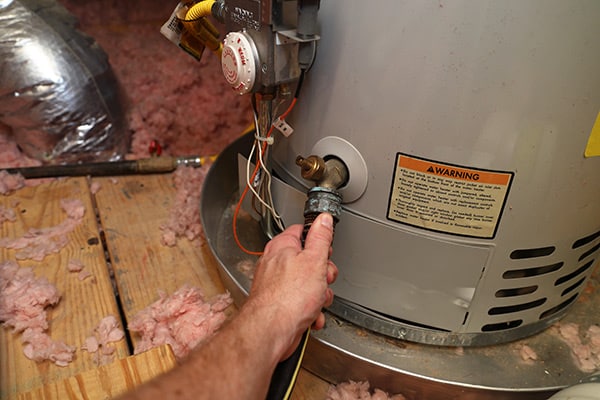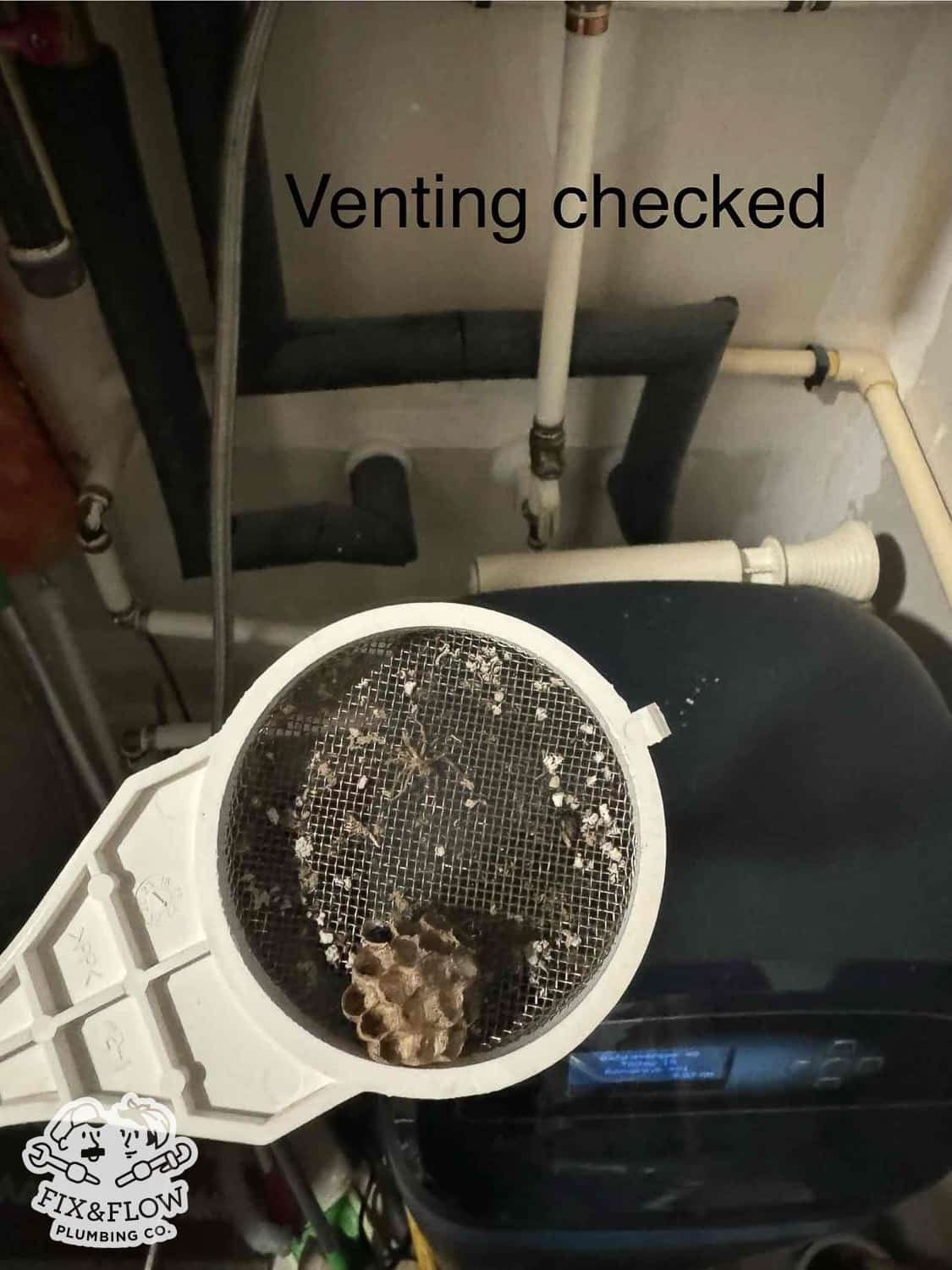Your water heater works hard every day to provide hot water for showers, dishes, laundry, and more. But over time, sediment and mineral buildup can accumulate inside the tank, reducing efficiency, causing noises, and even shortening the lifespan of your unit. Flushing your water heater is a simple maintenance task that can prevent these problems and save you money. But how often should it be done?
Why Flushing Your Water Heater Matters
Flushing removes sediment, rust, and debris that settle at the bottom of the tank. Over time, this buildup can cause:
- Reduced water heater efficiency and higher energy bills
- Hot water shortages or inconsistent temperature
- Loud rumbling or popping noises
- Damage to the tank, valves, or heating elements
Regular flushing keeps your system running smoothly, prolongs the life of the heater, and ensures consistent hot water for your Atlanta home.
How Often Should You Flush a Water Heater?
Most manufacturers and plumbing experts recommend flushing your water heater at least once a year. Homes with hard water or high mineral content may benefit from flushing every six months. Here’s a quick guideline:
- Annual flushing: Standard recommendation for most households.
- Every 6 months: If you live in Atlanta neighborhoods with hard water or have a well system.
- Check sediment levels: If you notice noises, reduced hot water, or discoloration, consider flushing sooner.
Signs Your Water Heater Needs Flushing
Even if it hasn’t been a full year, some signs indicate it’s time to flush your tank:
- Rumbling, popping, or knocking noises
- Water that appears rusty or discolored
- Reduced hot water supply
- Strange odors coming from hot water
How to Flush Your Water Heater (Step by Step)
Flushing a water heater is something many homeowners can do themselves if they follow safety guidelines. Always turn off the power or gas first.
Step 1: Turn Off Power or Gas
Electric water heaters: turn off the circuit breaker. Gas water heaters: set the thermostat to “pilot” or turn off the gas supply.
Step 2: Turn Off Water Supply
Close the cold water inlet to the water heater to stop new water from entering the tank.
Step 3: Connect a Hose to the Drain Valve
Attach a garden hose to the tank’s drain valve. Make sure the other end leads to a safe drainage area or outside.
Step 4: Open a Hot Water Faucet
This relieves pressure in the system and allows water to flow from the tank more easily.
Step 5: Open the Drain Valve
Allow the tank to empty completely. You may need to flush sediment through the hose with short bursts of water if it’s heavy.
Step 6: Close the Valve and Refill the Tank
Close the drain valve, remove the hose, and open the cold water supply. Open a hot water faucet to let air escape and fill the tank completely.
Step 7: Turn Power or Gas Back On
Once the tank is full, turn your electric or gas heater back on. Make sure the water heats properly before use.
Tips for Maintaining Your Water Heater
- Check the pressure relief valve annually to ensure it’s working.
- Consider installing a water softener if your water is very hard.
- Schedule professional maintenance if you notice unusual noises or sediment buildup.
- Keep the area around the water heater clean and accessible.
When to Call a Professional
If your water heater is leaking, heavily corroded, or not functioning after a flush, it’s time to call a licensed plumber. Fix & Flow Plumbing Co. can inspect, flush, repair, or replace water heaters for homes throughout Intown Atlanta neighborhoods like Grant Park, Virginia-Highland, and Midtown. We ensure your hot water system is safe, efficient, and reliable.
Why Annual Flushing is Worth It
By flushing your water heater regularly, you save money, extend the lifespan of the tank, and prevent inconvenient breakdowns. Even if your water heater seems fine, a yearly flush is a small task that provides peace of mind and keeps your home’s hot water flowing strong.
